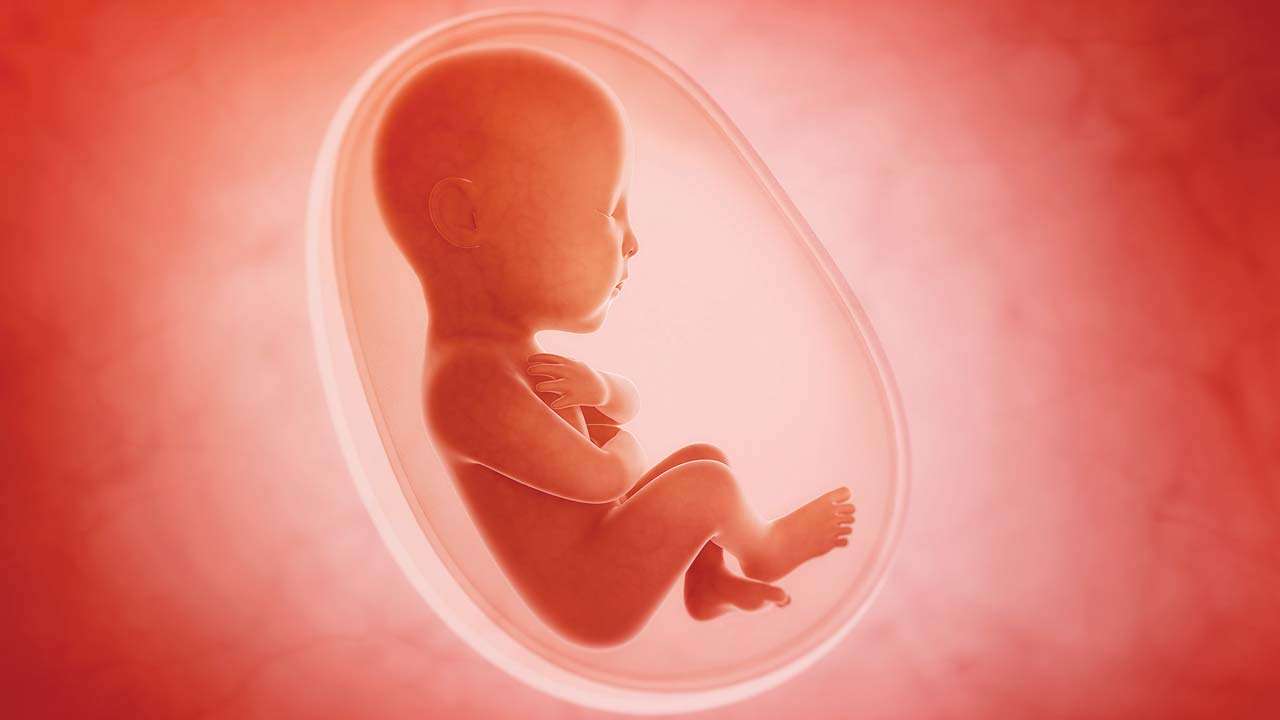
Finally, we have comprehensive and credible data on abortions in India. A one-of-its-kind study on abortion and unintended pregnancy, recently published in The Lancet, has estimated that 15.6 million abortions occurred in India in 2015. This is more than double the previous (2004) estimate of 6.4 million annual abortions in the country, of which one-third were ‘informal’ or performed by medically unqualified people.
The recent study has put together robust data to show that 81 per cent abortions are medication abortions, ie, termination of pregnancy using medical abortion drugs. Only 2.2 million, or 14 per cent, abortions are performed surgically, whereas the remaining five per cent abortions are ‘probably unsafe’.
The abortion rate in India is 47 abortions per 1,000 women aged 15-49 years, which is nothing abnormal, but quite in line with other South Asian countries. Abortions account for one-third of all pregnancies in the country, as reported in the study, and nearly half the pregnancies are unintended, which proves the need for access to ‘safe’ abortion.
The Lancet study is important in several regards. First, it gives us fresh, credible national data on abortions in the country, which, so far, was completely missing. Data is the first step towards building a comprehensive policy on abortion, women’s health and their rights.
Second, the study shows that women have embraced the medical methods of abortion, approved by the WHO, to safely terminate pregnancy at their homes. A whopping 81 per cent abortions are done using medical abortion pills.
Third, abortions cannot always be linked with sex-determination. The medical abortions pills, approved for use in India, can be taken till nine weeks of pregnancy. This means that 81 per cent abortions in the country are done within the first trimester when foetal sex determination is difficult.
Fourth, the percentage of ‘unsafe’ or ‘informal’ abortions has come down. Maternal mortality due to abortion, too, has declined from 13 per cent to eight per cent. The fear of medical abortion pills causing morbidity or health complications is misplaced, claim health sector experts.
Fifth, in spite of advancement in technology for medical termination of pregnancy, about five per cent abortions are still done using ‘unsafe’ methods, such as herbal drugs or home-made concoctions, massaging the abdomen, pouring things inside the uterus, or poking it with sharp objects, etc. Between the National Family Health Survey (NFHS)-3 of 2005-06 and the NFHS-4 of 2015-16, the percentage of married women (between 15 and 49 years) reporting ‘unmet need for family planning’ has reduced by just one per cent — from 13.9 per cent to 12.9 per cent.
The Lancet study, thus, makes it clear that the Indian women must have access to safe abortion. But, what this study does not delve into is the number of legal vs ‘illegal’ abortions in the country. It is claimed that more than 50 per cent abortions in India are ‘illegal’ (not necessarily ‘unsafe’) because they do not adhere to the strict provisions under the Medical Termination of Pregnancy Act (MPT) of 1971.
In 1971, when India enacted the MTP Act, it was a pioneer in legalising induced abortion up to 20 weeks of pregnancy if the pregnancy carries the risk of grave physical injury, endangers woman’s mental health, if it results from contraceptive failure in a married woman, or from rape, or is likely to result in the birth of a child with physical or mental abnormalities. Consent of the spouse is not required.
But, the MTP Act has failed to keep pace with the changing times and the improved technology of abortion available in the country. For instance, only a ‘married woman or her husband’ can quote contraceptive failure and avail of ‘legal’ abortion in India. Pregnancy can be terminated only by a registered medical practitioner (RMP), which is defined as a medical practitioner who possesses any recognised medical qualification and has experience or training in gynaecology and obstetrics.
Several health groups, women’s rights organisations and public health experts are pushing for amendments to the 1971 Act. Three years ago, some amendments were finalised and forwarded to the Parliament, but those have come back for ‘review’.
One of the proposed amendments is to replace RMP with registered healthcare providers, such as AYUSH (Ayurveda, Yoga and Naturopathy, Unani, Siddha and Homeopathy), nurses and auxiliary nurse-midwifery. According to the Rural Health Statistics 2015-16, there is a shortfall of 76.7 per cent obstetrics and gynaecologists in public health sector facilities in India. Health experts claim that registered healthcare providers can be trained to offer medical abortion pills that account for 81 per cent abortions in the country. This will go a long way in helping women, especially in rural areas, access safe abortion.
There are other proposed amendments such as making first trimester abortions available on request by removing the requirement for provider’s (doctor or health professional) opinion up to 12 weeks of gestation. There is also a demand to increase the upper gestation limit from 20 weeks to 24 weeks for special categories of women; and that this limit should not apply in case of diagnosis of substantial foetal abnormalities. Also, the condition of failure of contraceptive should be extended to all women and not just ‘married’ women.
The author is an independent journalist based in Mumbai